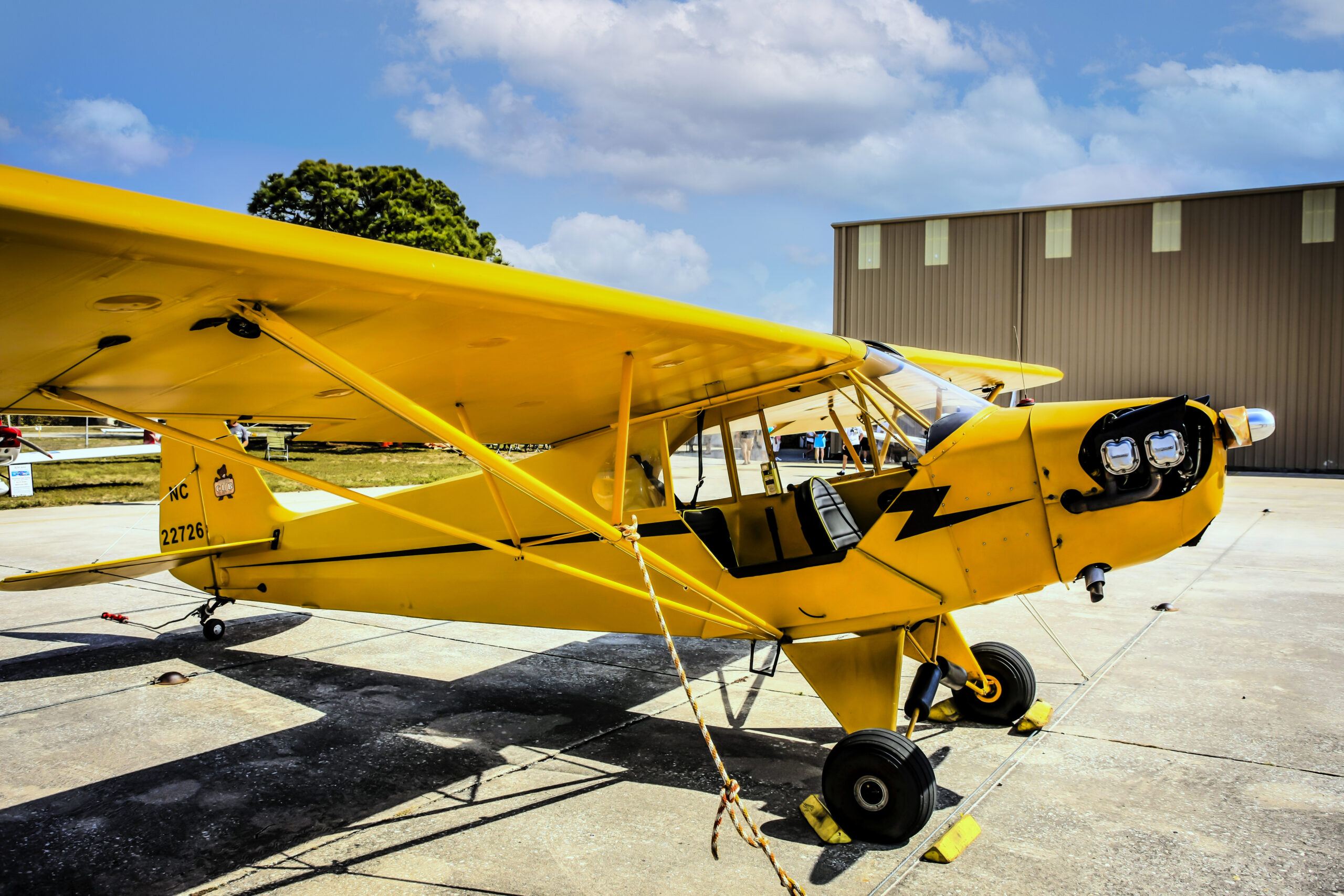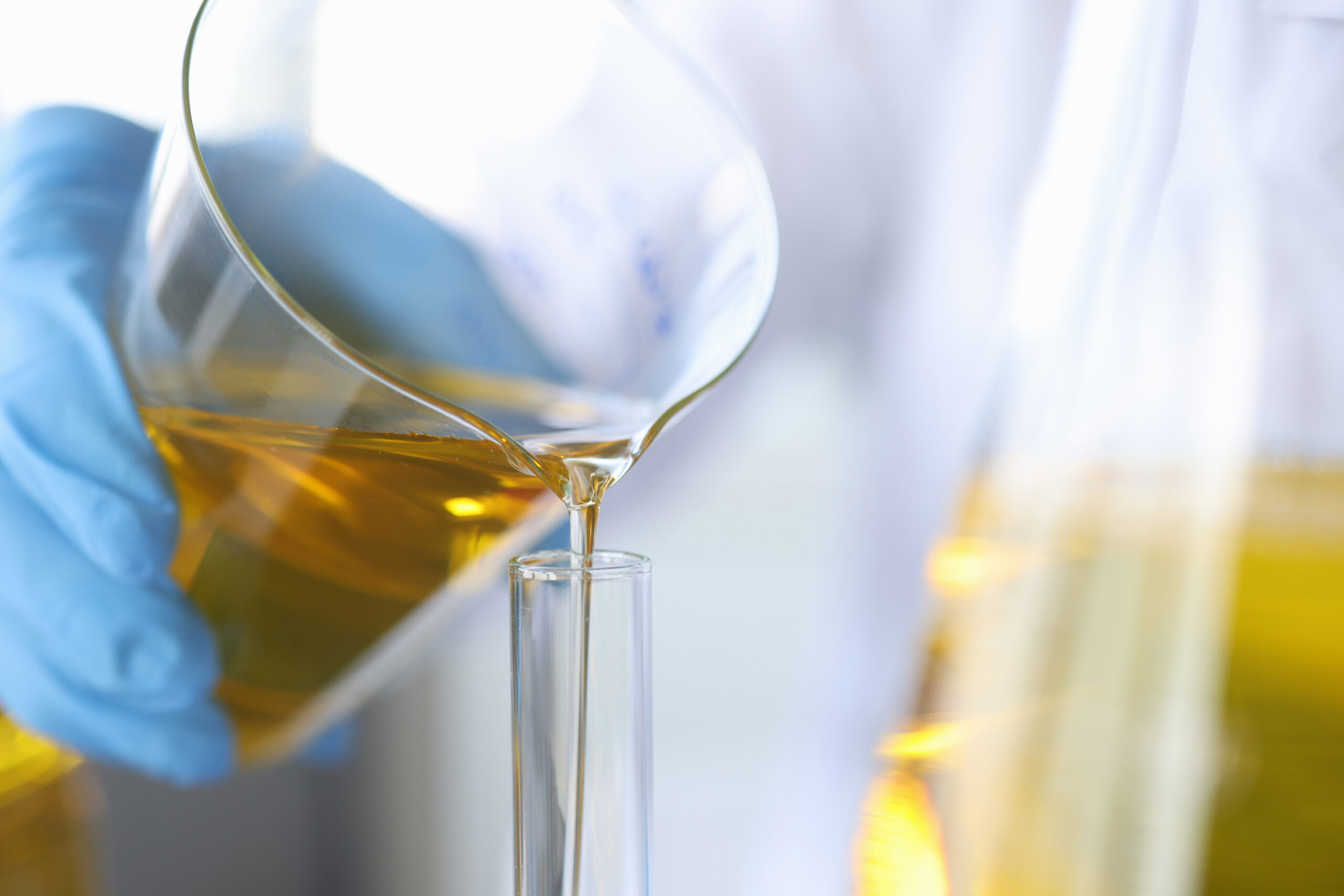
24/7 Customer Support – Contact Us Anytime!
Aviation fuel plays a critical role in the safe and efficient operation of aircrafts. It not only provides the necessary energy for flight but also serves as a lubricant for various components within the engine. One aspect that is crucial to consider when evaluating aviation fuel is its lubricity.
Lubricity refers to the fuel’s ability to reduce friction and wear between moving parts. In the aviation industry, lubricity testing is conducted to ensure that the fuel meets the required standards and provides adequate protection to the engine components.
The rigorous testing of aviation fuel lubricity is essential for several reasons. Firstly, it helps to prevent excessive wear and tear on critical engine components, such as fuel pumps and injectors. This is particularly important in modern engines that operate at high pressures and temperatures, where the risk of metal-to-metal contact is greater.
Secondly, lubricity testing ensures that the fuel meets the specifications set by regulatory bodies, such as ASTM International. These specifications define the minimum level of lubricity that the fuel should possess to ensure the safe and reliable operation of aircraft engines. By adhering to these standards, the risk of engine malfunctions and failures can be significantly reduced.
There are different methods available for lubricity testing of aviation fuel. One commonly used method is the High-Frequency Reciprocating Rig (HFRR) test. This test involves subjecting a fuel sample to controlled sliding motion between two metal surfaces under specified conditions. The resulting wear scar diameter is then measured, which provides an indication of the fuel’s lubricating properties.
Another method is the Ball-on-Cylinder Lubricity Evaluator (BOCLE) test, where a ball is pressed against a rotating cylinder coated with the fuel sample. The measurement of frictional forces generated during the test helps assess the fuel’s lubricity characteristics.
Insufficient lubricity in aviation fuel can have detrimental effects on aircraft performance and safety. It can lead to increased friction and wear, resulting in reduced engine efficiency, higher maintenance costs, and potentially catastrophic engine failures.
By conducting lubricity testing, aviation fuel suppliers and operators can identify any deficiencies in the fuel’s lubricating properties. This enables them to take appropriate measures, such as fuel additives or selecting fuel with higher lubricity, to ensure optimal engine performance and safety.
Lubricity testing is a crucial aspect of evaluating aviation fuel quality. By assessing the fuel’s ability to reduce friction and wear, it helps ensure the safe and reliable operation of aircraft engines. Adhering to lubricity standards through rigorous testing is essential for maintaining aircraft performance, reducing maintenance costs, and enhancing overall aviation safety.
Remember, when it comes to aviation fuel, lubricity matters!

Aviation fuel plays a critical role in the safe and efficient operation of aircrafts. It not only provides the necessary energy for flight but also

With nearly 40 years of specialized experience in aircraft oil analysis, Aviation Laboratories stands as the industry’s leading authority in identifying engine wear patterns and

In aviation, every detail matters. From the fuel that powers an engine to the hydraulic fluid that operates critical systems and the oil that keeps

As the new year kicks off, the aviation industry is once again thrust into the heart of winter’s challenges. Freezing temperatures, snowstorms, and icy conditions